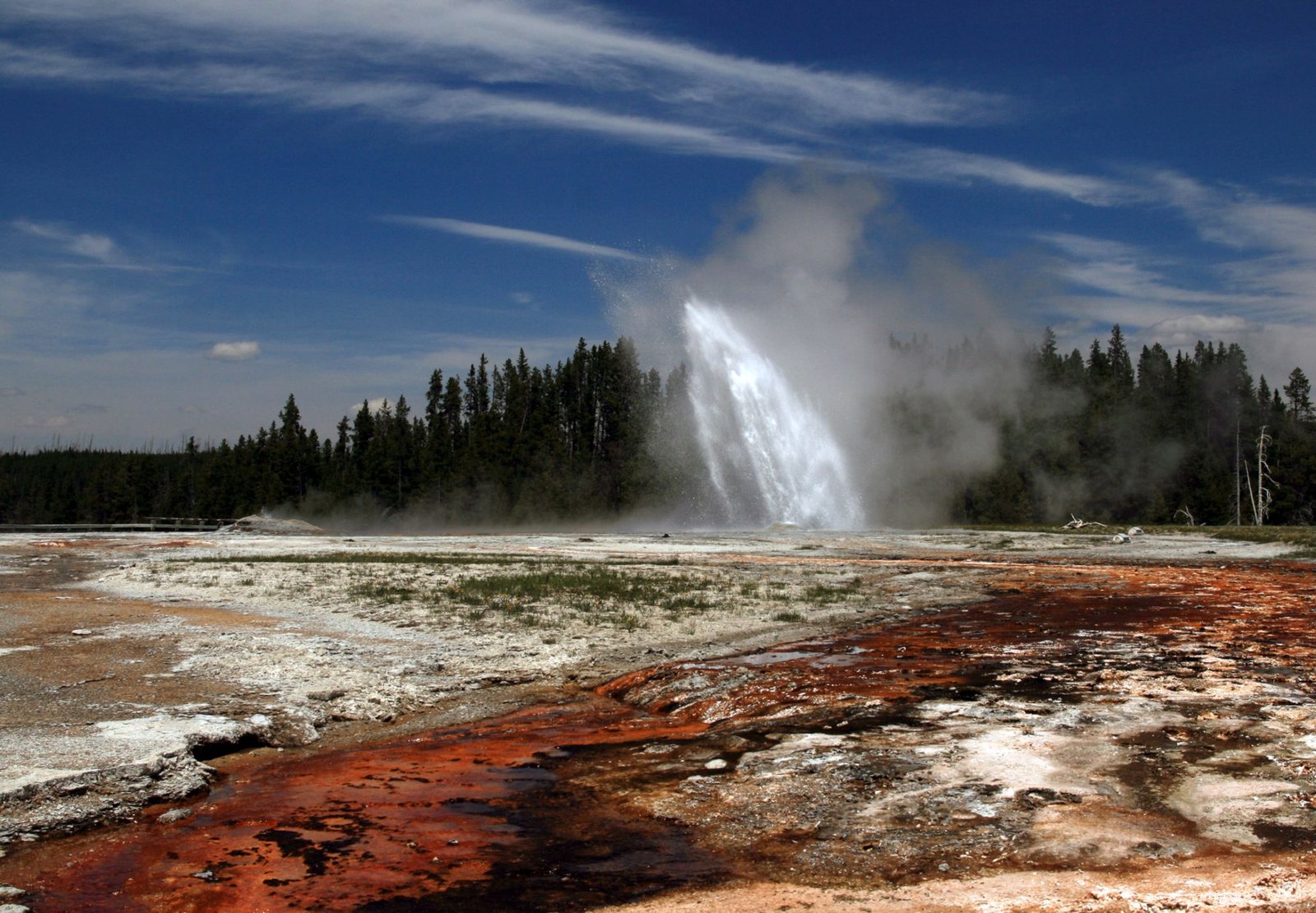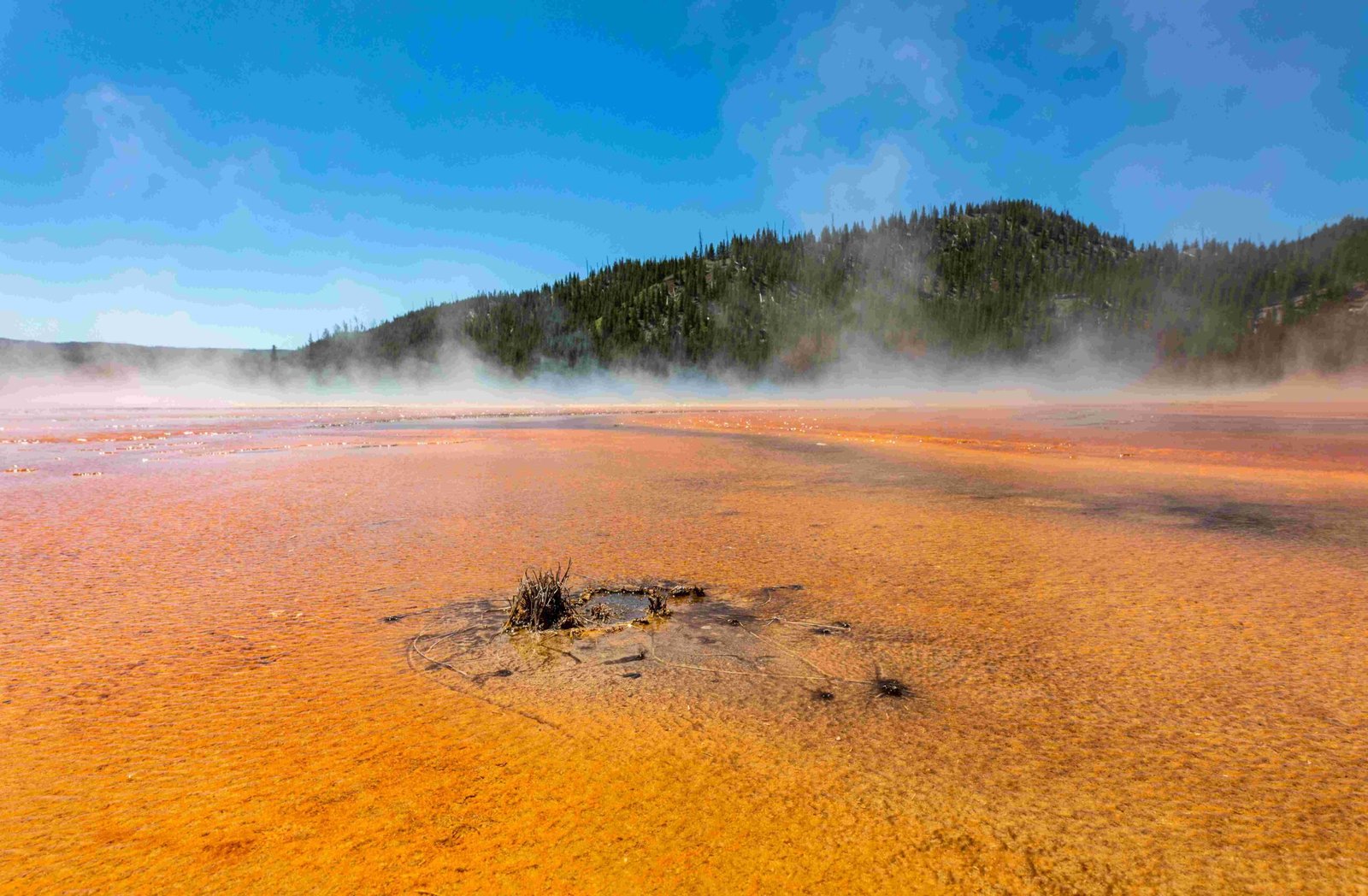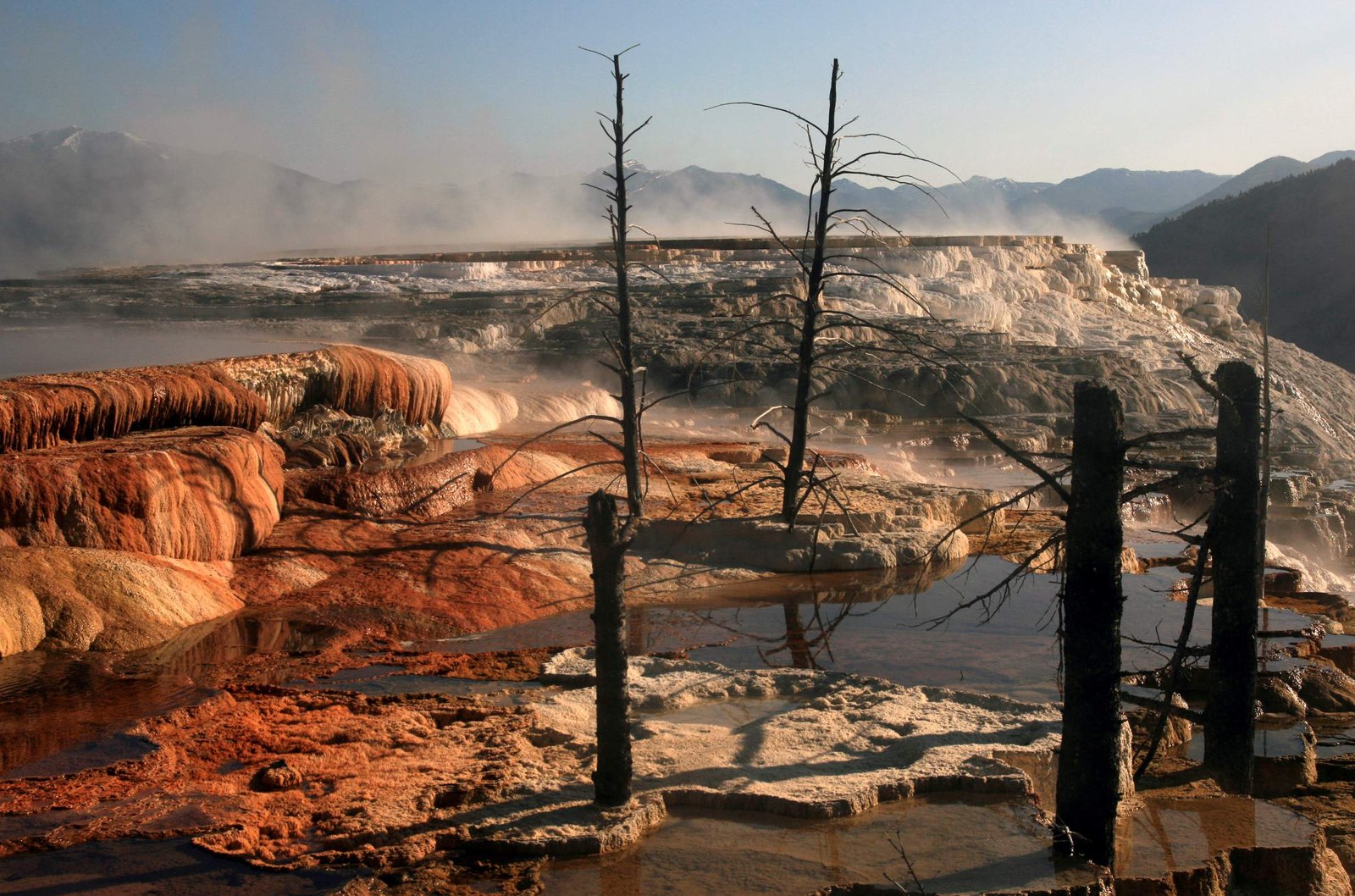In a shocking incident at Yellowstone National Park, a tourist put a bison calf in their car, sparking outrage and concern among park officials and wildlife experts. This event highlights the critical importance of maintaining a safe distance from wildlife and adhering to park regulations. The misguided attempt to ‘rescue’ the calf led to severe consequences, including the calf’s euthanization, and serves as a stark reminder of the delicate balance between human visitors and the park’s natural inhabitants.
What Happened When a Tourist Put a Bison Calf in Their Car?

On May 9, 2016, a father and son visiting Yellowstone National Park encountered a newborn bison calf that appeared to be alone and cold. In a misguided attempt to help the animal, they loaded it into their SUV and drove it to a park facility. This action, though well-intentioned, set off a chain of events that ultimately led to the calf’s death.
The incident unfolded as follows:
- The tourists found the calf near Lamar Buffalo Ranch in the northeast section of the park.
- Believing the calf was in distress, they placed it in their vehicle.
- They drove the calf to a park facility, where rangers were alerted to the situation.
- Park rangers attempted to reunite the calf with its herd but were unsuccessful.
- Due to continued approaches by people, the calf was rejected by the herd.
- Park officials were forced to euthanize the calf as it was causing a dangerous situation by approaching cars and people on the roadway.
This incident serves as a tragic example of why it’s crucial for visitors to respect wildlife and park regulations.
Why is Putting a Bison Calf in a Car Dangerous?

Putting a bison calf in a car is extremely dangerous for several reasons:
-
Separation from the herd: Bison are herd animals, and calves rely on their mothers and the herd for protection and nourishment. Removing a calf from its natural environment can lead to rejection by the herd.
-
Stress to the animal: Being handled by humans and placed in an unfamiliar environment causes significant stress to wild animals, potentially leading to health issues or behavioral changes.
-
Disease transmission: Close contact between humans and wildlife increases the risk of zoonotic disease transmission, which can be harmful to both the animal and humans.
-
Imprinting: Young animals that have prolonged contact with humans may become imprinted, making it difficult for them to survive in the wild.
-
Legal consequences: Interfering with wildlife is illegal in national parks and can result in fines or even criminal charges.
What are the Legal Consequences for Interfering with Wildlife in Yellowstone?
Interfering with wildlife in Yellowstone National Park can result in severe legal consequences:
| Offense | Potential Penalty |
|---|---|
| Approaching wildlife | Fines up to $5,000 and/or up to 6 months in jail |
| Feeding wildlife | Fines up to $5,000 and/or up to 6 months in jail |
| Touching or moving wildlife | Fines up to $5,000 and/or up to 6 months in jail |
| Harassing wildlife | Fines up to $5,000 and/or up to 6 months in jail |
In the case of the bison calf incident, the tourists were cited for touching and transporting wildlife and fined $110. However, the consequences could have been much more severe, depending on the discretion of law enforcement and park officials.
How Can Tourists Safely Observe Bison in Yellowstone?
To safely observe bison in Yellowstone National Park, visitors should follow these guidelines:
-
Maintain a safe distance: Stay at least 25 yards (23 meters) away from bison at all times.
-
Use binoculars or telephoto lenses: These tools allow for close-up views without physically approaching the animals.
-
Stay in vehicles: When bison are near roads, remain in your vehicle for safety.
-
Be aware of your surroundings: Bison can move quickly and unpredictably. Always have an escape route planned.
-
Never feed wildlife: Feeding animals alters their natural behaviors and can be dangerous for both animals and humans.
-
Follow park ranger instructions: If a ranger asks you to move or leave an area, comply immediately.
-
Report concerns: If you see an animal that appears to be in distress, report it to a park ranger rather than intervening yourself.
What Should You Do if You Encounter a Lone Bison Calf?
If you encounter a lone bison calf in Yellowstone National Park:
-
Do not approach: Even if the calf appears to be alone, its mother is likely nearby.
-
Keep your distance: Maintain at least 25 yards (23 meters) of space between you and the calf.
-
Observe from afar: Use binoculars or a camera with a zoom lens to get a better view if needed.
-
Report to park rangers: If you’re concerned about the calf’s well-being, contact a park ranger or visit a visitor center to report the situation.
-
Do not attempt to feed or touch: Interfering with wildlife is illegal and can harm the animal.
-
Stay alert: Be aware that adult bison may be nearby and can be protective of their young.
-
Leave the area: If possible, slowly back away and leave the area to minimize any disturbance to the animal.
How Does Yellowstone National Park Educate Visitors About Wildlife Safety?
Yellowstone National Park employs various methods to educate visitors about wildlife safety:
-
Visitor Centers: These facilities offer informational displays, brochures, and ranger-led programs about wildlife safety.
-
Park Entrance Materials: Visitors receive safety information and regulations upon entering the park.
-
Signage: Throughout the park, signs remind visitors of safe viewing distances and proper behavior around wildlife.
-
Ranger Programs: Park rangers conduct educational talks and guided tours that include information on wildlife safety.
-
Official Website: The park’s website provides comprehensive information on wildlife safety and park regulations.
-
Social Media: The park uses platforms like Twitter and Facebook to share safety reminders and updates.
-
Partnerships: Collaborations with tour operators and local businesses help spread safety messages to visitors.
What are the Long-term Effects of Human Interference on Bison Populations?
Human interference can have significant long-term effects on bison populations:
-
Behavioral changes: Frequent human contact can alter natural behaviors, making bison less wary of humans and potentially more aggressive.
-
Disrupted social structures: Separating calves from herds can disrupt the complex social dynamics of bison groups.
-
Increased stress: Regular human disturbances can lead to chronic stress in bison, affecting their health and reproduction.
-
Altered migration patterns: Human activity can influence where bison choose to roam, potentially limiting their access to important resources.
-
Disease transmission: Close contact with humans increases the risk of disease transmission to bison populations.
-
Genetic impacts: If human interference leads to the death of individuals, it can affect the genetic diversity of the population.
-
Habituation to human food: If fed by humans, bison may become dependent on unnatural food sources, leading to nutritional issues.
The incident of a tourist putting a bison calf in their car at Yellowstone National Park serves as a powerful reminder of the importance of respecting wildlife and following park regulations. By maintaining a safe distance, observing animals from afar, and reporting concerns to park officials, visitors can help ensure the safety and well-being of both themselves and the park’s magnificent wildlife.
References:
1. National Park Service – Yellowstone Bison
2. National Park Service – Wildlife Viewing
3. Yellowstone National Park – Safety

